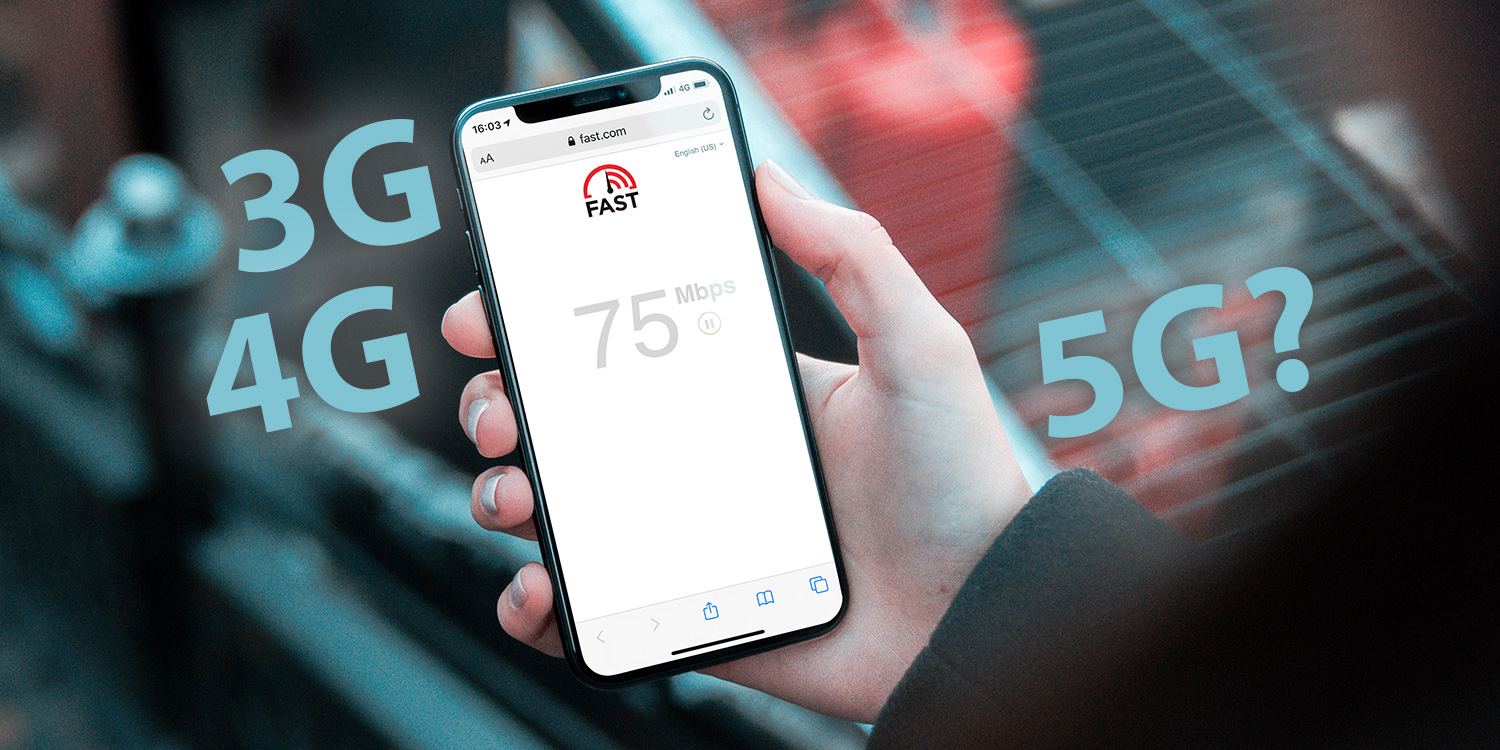Most iPhone and iPad users will be broadly familiar with ‘4G’ – but do you know what it stands for, or how it differs from 3G? Have you seen headlines about the imminent explosion of 5G and wondered whether it concerns you?
This kind of jargon is bandied around a lot when talking about mobile internet access, and you’ll probably spot 3G and 4G from time to time in the iOS status bar. These terms can be pretty confusing if you’re not a techie kind of person – but their origins are pretty easy to understand.
These terms refer to wireless cellular connections, the kind that allow your iPhone or iPad to access the internet while you’re away from a Wi-Fi connection. Whether you use it to check your email or download an app, it’s a pretty handy technology and one we tend to take for granted these days.
But what does it actually mean? Well, the ‘G’ in 3G or 4G simply refers to the generation of the technology. Roughly once a decade, a new protocol is released which improves upon what came before. The cycle began with the first-generation 1G connection in 1980, which was only capable of rudimentary audio connections!
Most cellular devices are compatible with the current-generation 4G standard and the older 3G standard, which is more widely available but a great deal slower. Your iPhone (or cellular iPad) will automatically switch to whichever signal is available. That explains why streaming music and videos can take so long to load when you only have access to 3G!
We’re almost due for the next big leap in cellular communications. The 5G standard is set to launch in 2020 and will boast much faster download speeds and lower energy usage for a seamless and speedy connection. But don’t worry – that won’t suddenly make your old, 5G-incompatible devices obsolete. It will likely be several years until the majority of smartphones are compatible, and just as long for 5G coverage to spread.

